( English version at the bottom of the page )
Un avion sans histoire volera surement moins bien . Proverbe de ....... moi .
Voiçi une nouvelle histoire créé pour ce " naval challenge " . J'attends avec impatience vos avis .
L’étape intermédiaire entre les avions à moteur à pistons et les avions à réaction modernes fut constituée par l’expérimentation d’un certain nombre de prototypes
d’avions à hélice munis de moteurs auxiliaires de divers types : moteur-fusée , statoréacteur ou pulsoréacteur. En Union Soviétique , le premier projet d’avion
de ce type avait été fait en 1943 par Semion Alekseïevitch Lavotchkine , avec l’aide de ses compagnons d’études Mikhaïl Ivanovitch Goudkov et Vladimir Petrovitch Gorbunov.
L’idée reprit force en 1945, après la capitulation de l’Allemagne nazie . Tous les bureaux d’études reçurent l’ordre de concevoir des chasseurs à réaction .
Le cahier des charges était sévère , exigeant une vitesse de pointe de 850 km/h , un plafond de 12 500 mètres et une autonomie de 700 km/h .
L’équipe Lavotchkine prit pour base le réacteur RD-10 (en fait un Junkers Jumo 004 allemand capturé) .
Le La-150 effectua son premier vol en septembre 1946 aux mains du pilote A.A. Popov. Les essais se poursuivirent jusqu'en avril 1947 sans jamais atteindre les performances espérées.
Le La-150 avait de gros défauts : un centre de gravité placé trop en arrière , le poids élevé de la cellule et des faiblesses structurelles engendrant , à grande
vitesse , d'importantes vibrations ainsi que des déformations au niveau de l'empennage . Il y a eu cinq versions : La-150 ; La-150M ; La-13 ; La-150F .
l'histoire pourrait s'arrêter là . Le cinquième prototype est sorti de mon imagination . Les russes envisageant de contruire un porte avion , il a été demandé
à l'Okb Lavotchkine de navaliser un des prototypes du La-150 . Ainsi est né le La-150 FLKI pour (flotskiy ) , naval en russe . Le porte avion prévu était une copie
d'un modèle américain . IL devait être nommé " Vladimir Dmitrievitch " ( contre amiral qui participa à la Guerre russo-japonaise de 1904-1905 , et à la
première Guerre mondiale ) . Un pont d'envol de test sans catapulte , mais avec des cables d'arrêts fut construit pour valider les essais .
Les tests n'ont pas été concluants , sonnant la fin du programme .
Le La-150 FLKI était équipé pour le catapultage et l'appontage , est d' ailes repliables . Equipage , un pilote et un mécanicien . Armements , deux mitrailleuses + deux
points d'emports pour bombes ou roquettes . Il a été numéroté 11 pour des raisons inconnues .
Décollage sans volets . Correction au palonnier pendant le roulage .
Réacteur : touche 1 .
Deverrouillage mitrailleuses : touche 2 .
repli aile : touche 3 .
Feux d'atterrissage : touche 4 .
Feux de navigation : touche 5 .
Aérofrein : touche 5 + frein .
Verrouillage train avant : touche 8 .
Volets : Vtol bas .
Trim : Trim .
English version .
A plane without history will surely fly less well . Proverb of ....... me .
Here is a new story created for this "naval challenge". I look forward to your advice.
The intermediate stage between piston engine and modern jet aircraft was the experimentation with a number of prototypes
propeller aircraft equipped with auxiliary engines of various types: rocket engine, ramjet or pulse jet engine. In the Soviet Union, the first plane project
of this type had been made in 1943 by Semion Alekseevich Lavochkin, with the help of his fellow students Mikhail Ivanovich Gudkov and Vladimir Petrovich Gorbunov.
The idea was resumed in 1945, after the capitulation of Nazi Germany. All the engineering firms were ordered to design jet fighters.
The specifications were severe, requiring a top speed of 850 km / h, a ceiling of 12,500 meters and a range of 700 km / h.
The Lavochkin team took as their base the RD-10 reactor (actually a captured Junkers Jumo 004 German).
The La-150 made its first flight in September 1946 at the hands of pilot A.A. Popov. Trials continued until April 1947 without ever achieving the expected performance.
The La-150 had big flaws: a center of gravity placed too far back, the high weight of the cell and structural weaknesses generating, to great
speed, significant vibrations as well as deformations in the empennage. There have been five versions: La-150; La-150M; La-13; The-150F.
the story could stop there. The fifth prototype is out of my imagination. The Russians considering to build an aircraft carrier, it was asked
to the Okb Lavochkin to navalize one of the prototypes of the La-150. Thus was born the FLKI-150 for (flotskiy), naval in Russian. The planned aircraft carrier was a copy
of an American model. He was to be named "Vladimir Dmitrievich" (against Admiral who participated in the Russo-Japanese War of 1904-1905, and at the
first World War ) . A flight test flight without catapult, but with stop cables was built to validate the tests.
The tests were inconclusive, sounding the end of the program.
The La - 150 FLKI was equipped for catapulting and landing, is folding wings. Crew, a pilot and a mechanic. Armaments, two machine guns + two
staging points for bombs or rockets. It has been numbered 11 for unknown reasons.
Takeoff without shutters. Rudder correction while driving.
Reactor: key 1.
Unlocking machine guns: key 2.
wing fold: button 3.
Landing lights: key 4.
Navigation lights: key 5.
Airbrake: key 5 + brake.
Locking front axle: 8 button.
Shutters: Vtol down.
Trim: Trim.
Specifications
Spotlights
- ACEPILOT109 6.0 years ago
General Characteristics
- Predecessor 1945-1950 Naval Aviation Challenge (Closed)
- Created On Windows
- Wingspan 48.5ft (14.8m)
- Length 36.6ft (11.2m)
- Height 10.6ft (3.2m)
- Empty Weight 11,175lbs (5,069kg)
- Loaded Weight 18,970lbs (8,605kg)
Performance
- Power/Weight Ratio 1.776
- Wing Loading 102.9lbs/ft2 (502.5kg/m2)
- Wing Area 184.3ft2 (17.1m2)
- Drag Points 5523
Parts
- Number of Parts 183
- Control Surfaces 7
- Performance Cost 688

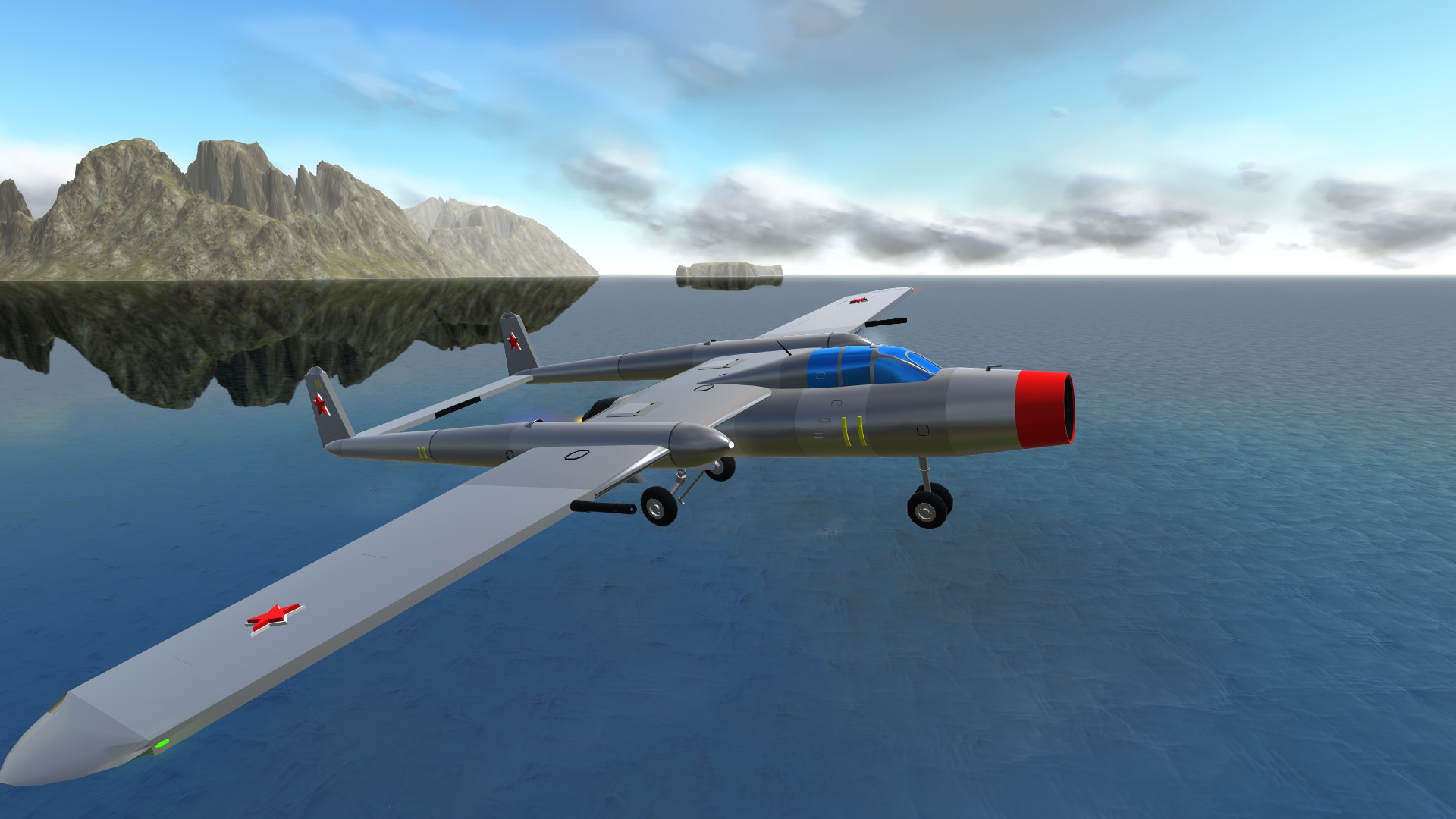
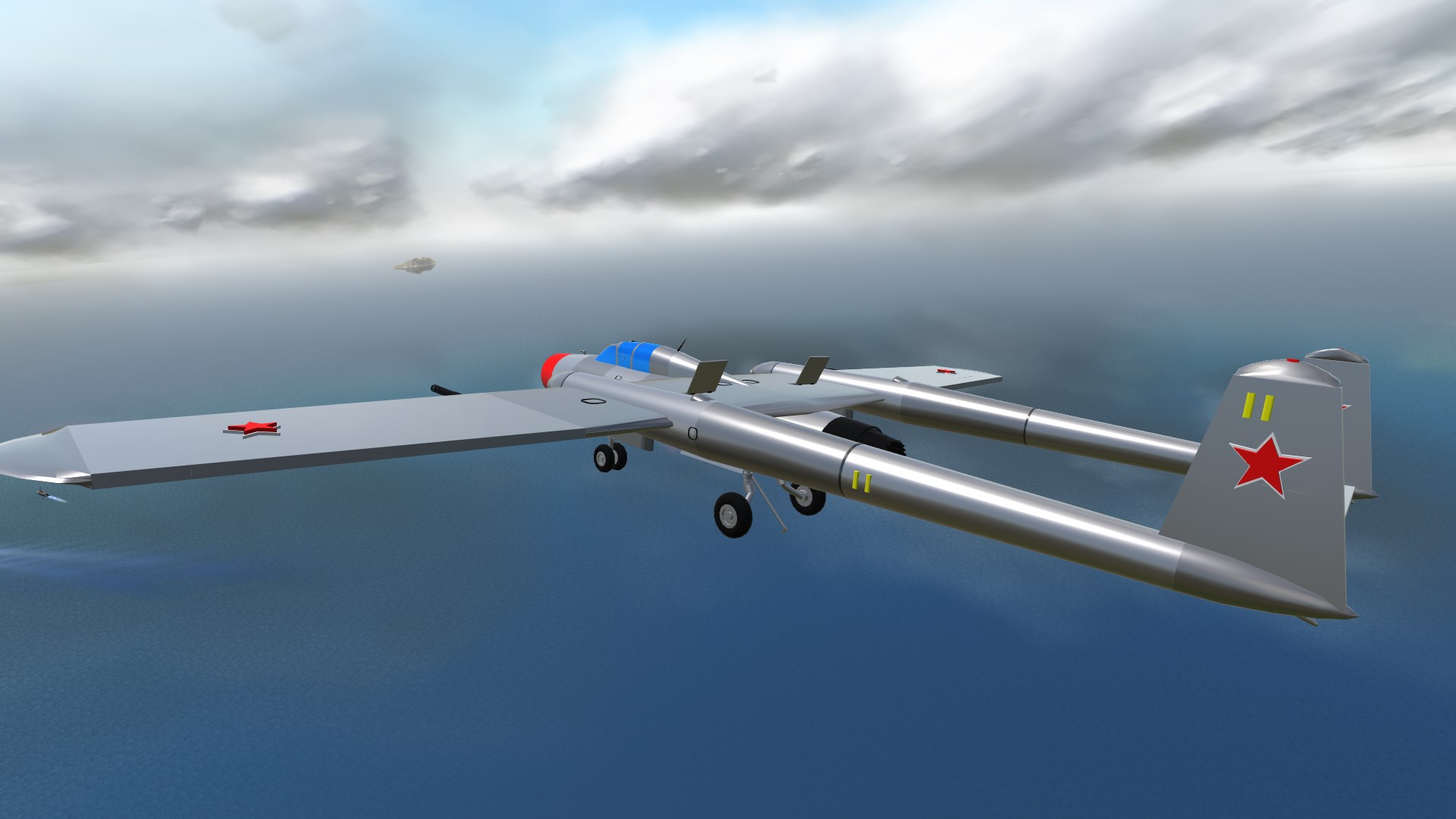
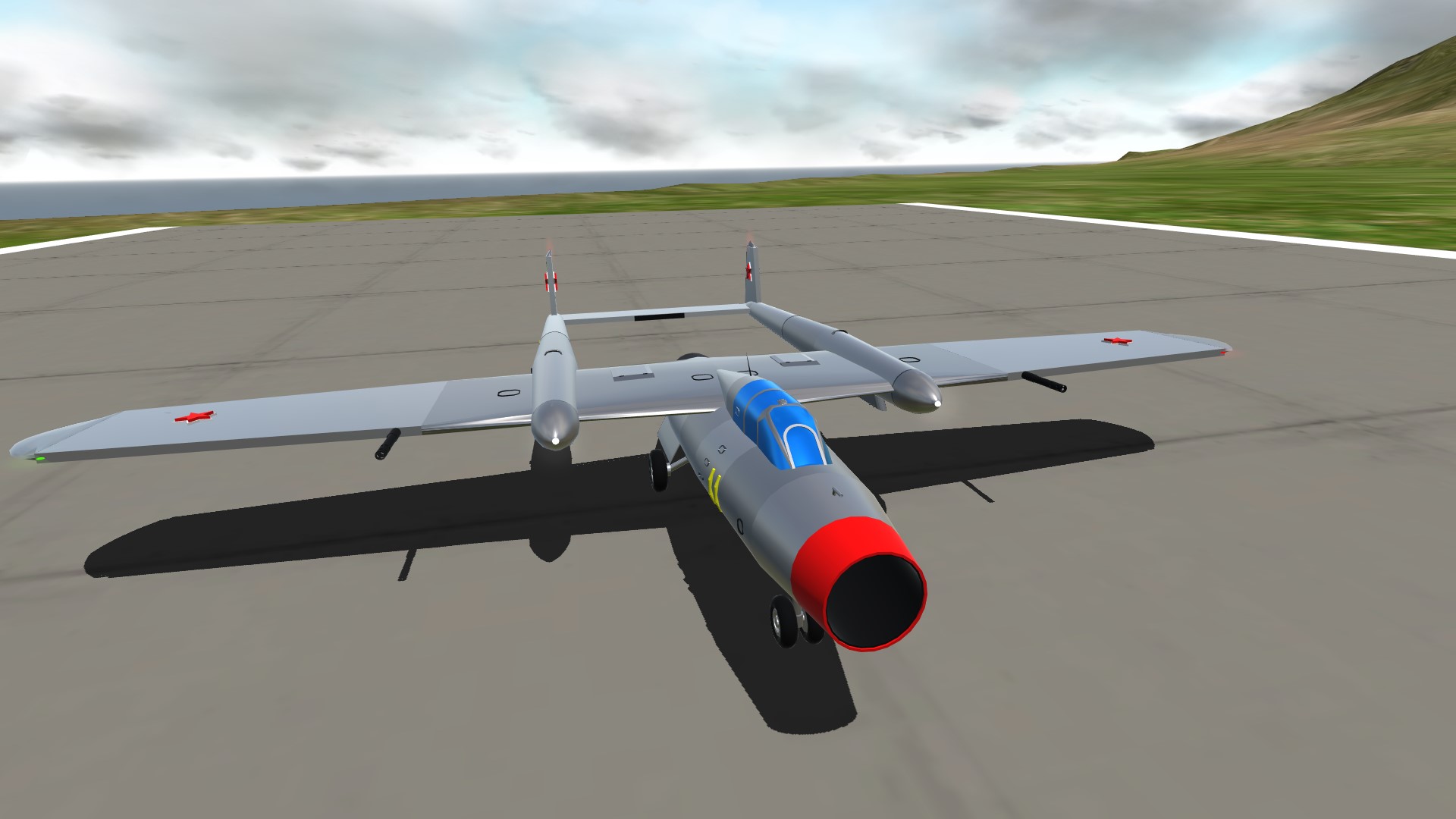


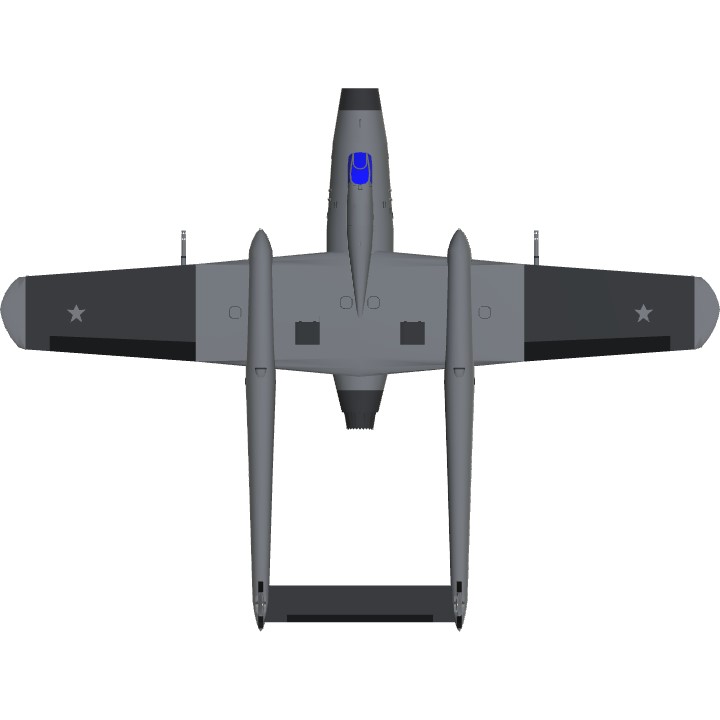

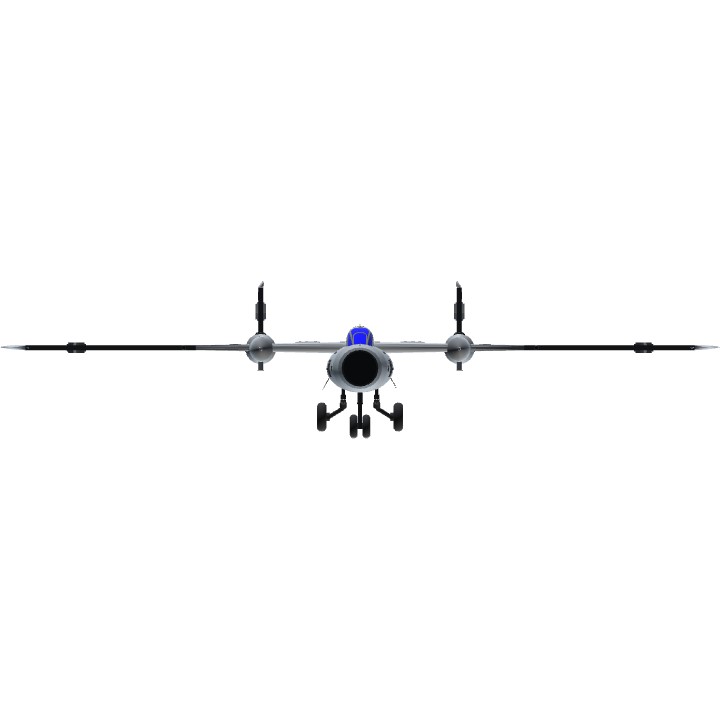
@XEPOH , Thanks for your upvote .
@UseGooglePlay , thank for your upvote .
@Trainzo you’re welcome! I really enjoyed this build
@Mustang51 , thank for this results .
Here is the result for this entry!
Design: 12/20
Functionality: 6/10
Performance: 9/15
Build quality: 10/15
Paint scheme: 4/5
Personal opinion 5/5
Overall: 46/70 (4 upvotes!)
@nameisalreadytaken , thank for your upvote .
@tntwiley , thank for your upvote .
Carbonfox1 , thank for your upvote .
@Trainzo np man
@ACEPILOT109 , thank for your upvote and for have spotlighted my plane .
@D0M1N420R , thank for your upvote and your comment .
Tres bien! J'aime bien ça.
@Mumpsy , thank for your upvote .
@FlyingHueman , thank for your upvote and your comment . it's really very nice and appreciated .
Absolutely beautiful! It looks very Russian. Description is top-tier, too.
Np! @Trainzo
Your welcome Comrade.
@Trainzo
@Strikefighter04 , thank for your upvote .
@Mustang51 , You are right . I will do it .
@Trainzo you should add that to your bio! It would look good on your page
@emanuelga , @Tiseth , thanks for yours upvotes .
@Griffinthedragon , @Evenstsrike333 , @Lorileni , thanks for yours upvotes .
@Treadmill103 , @asteroidbook345 , @FranzPeterSiegfried , thanks for yours upvotes .
@AircraftoftheRedStar , thank for you upvote and your comment , brother .
@Mustang51 , Thank for you upvote and your comment . A plane without history will surely fly less well . Proverb of ....... me.